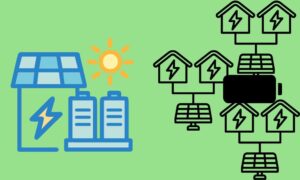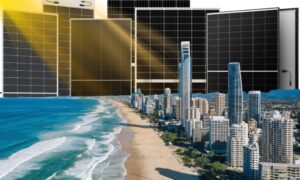Scientists at the U.S. Department of Energy’s National Renewable Energy Laboratory (NREL) have broken the world record in solar cell efficiency with a photovoltaic module that converts nearly 41% of sunlight it’s exposed to into electricity. This is the highest confirmed efficiency of any photovoltaic device to date.
Instead of using a germanium wafer as the bottom junction of the device, NREL’s design incorporates gallium indium phosphide and gallium indium arsenide to split the solar spectrum into three equal parts, absorbed by each of the cell’s three junctions for higher potential efficiencies.
Efficiencies of solar panels currently on the market for general residential use achieve around the 12% – 15% efficiency depending upon construction and up to 20% for high end panels, so the 40.8% conversion is a huge leap forward in solar cell design.
Unfortunately, the highly efficient solar cell created by NREL won’t hit the general market any time soon, but is seen as being initially a candidate for the space satellite market and for concentrated photovoltaic arrays, which use mirrors to focus sunlight onto the solar cells. However, regardless of the efficiency rating of any solar module, a solar panel’s rated wattage is what it will produce. The main advantages in regards to increasing efficiency are a reduction of materials required for production and a smaller rooftop footprint in the case of residential applications.
Related:
Pick up some solar panel reviews













































